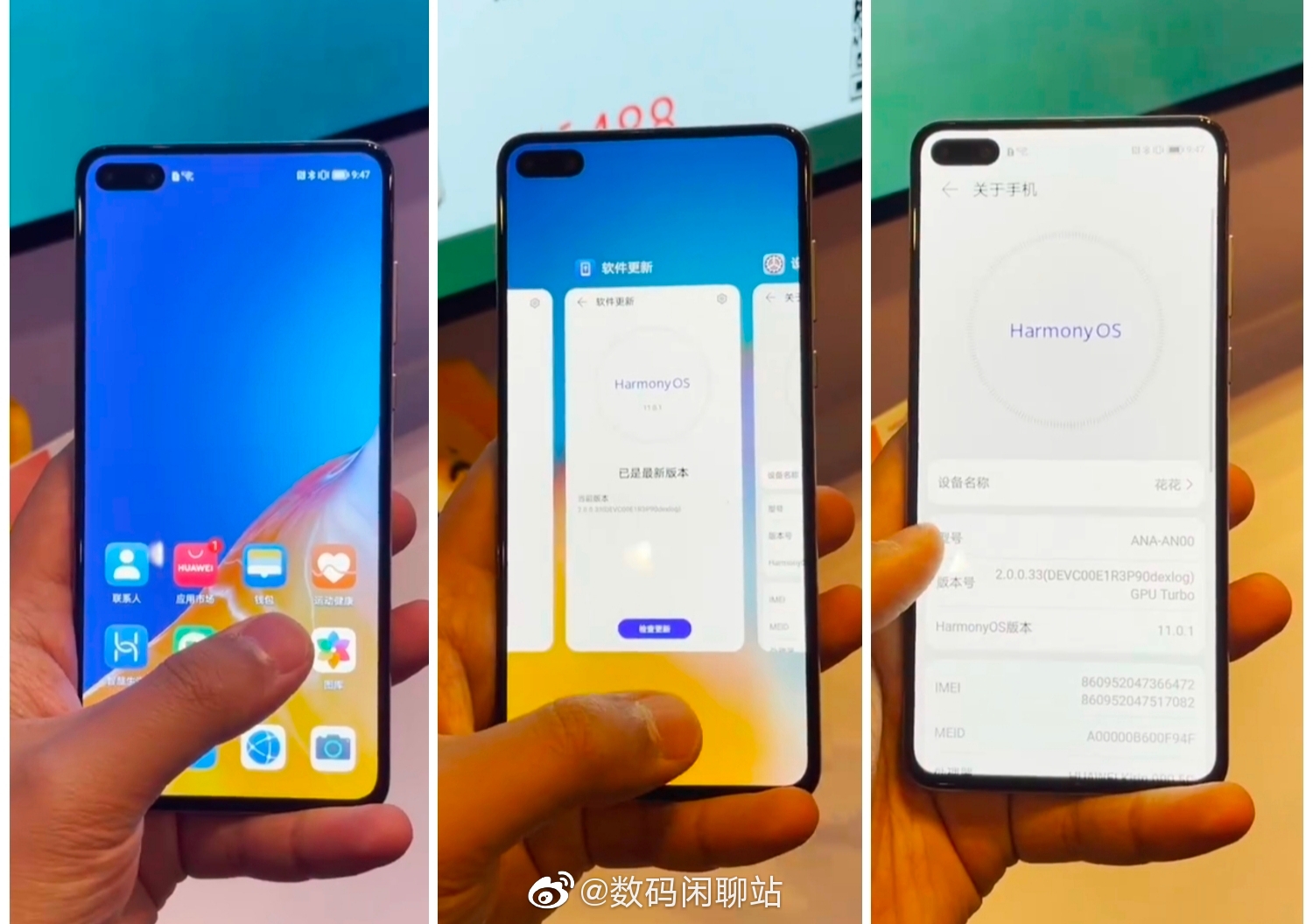
In September of this year, the Chinese company Huawei introduced an alternative to Android, the HarmonyOS 2.0 system. This OS is designed to be installed on tablets, watches and smartphones of the company, since it does not have access to Android OS with Google services. The problem is in the previously imposed US sanctions against the Chinese company.
Huawei has now published a beta version of this OS for developers, preparing builds for the Huawei P40, P40 Pro, Mate 30 and Mate 30 Pro smartphones, as well as the MatePad Pro tablet. The user interface is based on the EMUI 11 shell. The first gadgets with this operating system will go on sale in October next year. Under the cut - a description of the capabilities and features of the system.
The main feature of the operating system is that it "understands" which device the software is running on, adapting the application interface for a specific device. And these are wearable devices, smart TVs, and cars.
The microkernel is isolated by developers from external devices. This means that the system is decoupled from the pluggable hardware, which makes it possible to create applications that can be used on different categories of devices without having to build separate packages.
To ensure the maximum level of information security, the core of the system is verified at the level of formal logic / mathematics. The verification was carried out using methods that are commonly used for the development of critical systems in areas such as aviation and astronautics. The security level reaches EAL 5+.
In the microkernel, only the scheduler and IPC are implemented, and everything else is taken out by the creators of the operating system to system services. Most of them run in user space.
The Deterministic Latency Engine, which minimizes delays, is used as a task scheduler. It analyzes load in real time and uses techniques to predict application behavior. Compared to similar systems, the scheduler can achieve a 25.7% reduction in latency while reducing latency fluctuations by 55.6%.
In order to provide communication between the microkernel and external services of the kernel, including the file system, the network stack, drivers, and the application launch subsystem, IPC is used. The developers claim that it runs five times faster than IPC in Zircon and three times faster than IPC in QNX. With the system published, it is now possible to verify this claim.
Instead of the typically four-layer protocol stack, Harmony employs a simplified single-layer distributed virtual bus model to reduce overhead to reduce overhead, which allows communication with hardware, including screens, cameras, sound cards, and other modules.
In addition, the system does not provide root user access. This is due to the fact that there is no global superuser, but there are privileged system processes. For access to privileged operations, capability-based selective granting is applied in relation to process IDs. As with Android, custom apps need to request access to the camera and microphone.
To build the application, the developers created their own Arc compiler - it supports code in C, C ++, Java, JavaScript and Kotlin.
To create applications for various devices, including TVs, smartphones, smartwatches, car information systems, etc., a proprietary universal framework for developing interfaces and SDK with an integrated IDE will be provided. This capability allows the system to automatically adapt to different devices, screens, controls, etc. And there is also the ability to adapt Android applications for the new OS with a minimum of changes.
In February of this year, Huawei said it would not return to using Google services even if the US lifted the sanctions. The company "plans to pursue its own independent approach to the selection of mobile applications." Fred Wangfei, Head of Huawei Austria, said at a press conference in Vienna: “We would like to continue to use the open Android ecosystem. But if we are not given such an opportunity, we will develop our own ecosystem of alternative software products. " Also last year, Huawei announced the beginning of the development of its own application store, more than $ 1 billion was invested in this project.
